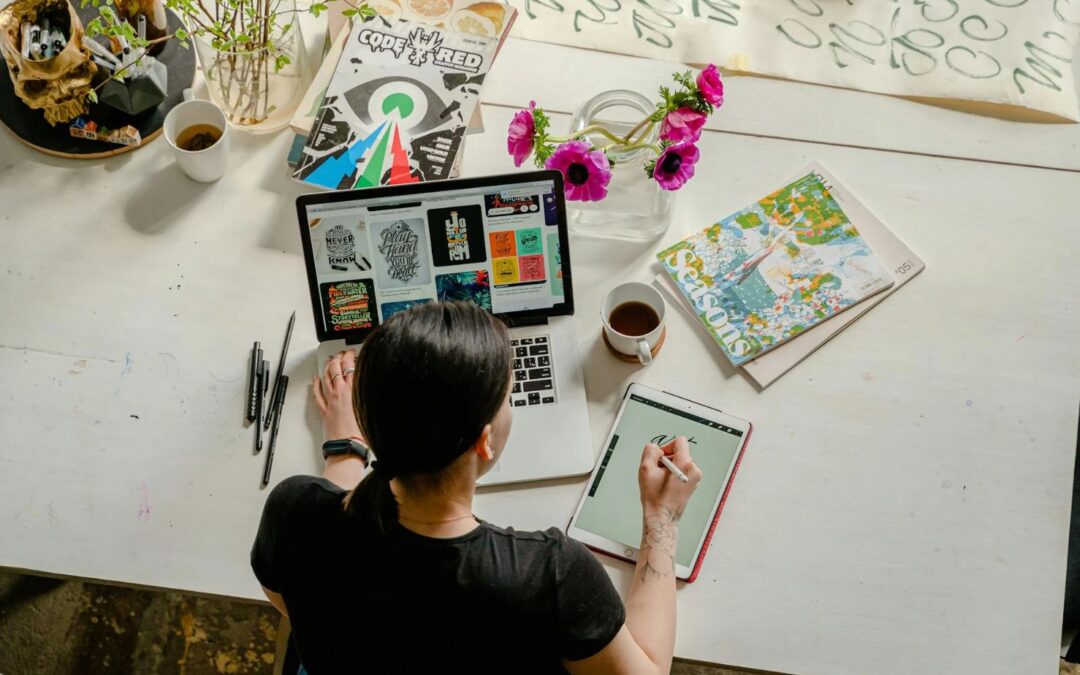Artists across the world are now using 3D technology as a way to redefine creativity. Technology like this gives artists new ways to express themselves and in some instances, it can even be used as a way to bring art to life, but in a new and exciting format.
Adding Another Dimension to Entertainment
3D technology is currently being used in nearly every entertainment sector, showing how much potential it has to offer. In music, artists are using 3D mapping as a way to create stunning visual displays during concerts, turning a blank canvas into one that can accommodate intricate animations, special effects and light shows. David Bowie and U2 are just a few examples of artists who have embraced this in the past.
3D technology can also be seen in gaming, as it is the backbone of most modern titles. In the Betfair Spin Till You Win game, you’ll notice that 3D technology is used to make the roulette wheel more realistic, with animation, rendering and modeling techniques to replicate lifelike visuals. The roulette game uses 3D animations to simulate the motion of a rolling ball and spinning wheel. When you combine this with a virtual betting timer, players get the sense of being at a physical casino but in the comfort of their own home.
The 3D technology used to create games also crosses over into the art world. Software like Blender, Fusion 360 and ZBrush are just a few examples of how 3D models can be created, and then transformed into a physical object via 3D printing, or kept in a virtual form so they can be viewed digitally.
Artists Who Are Embracing 3D Technology
Jonty Hurwitz is one artist who is currently utilizing 3D technology to create intricate sculptures. He combines tech with 3D printing and mathematical algorithms to produce a form that appears to be abstract from one angle, but then becomes a realistic figure when at a vantage point. He is pushing the boundaries of sculpting and making waves within the art world. You also have Olafur Eliasson. He’s known for creating large-scale installations using 3D technology to alter the viewer’s perception.

One of his most famous pieces would be the Weather Project. This can be seen at the Tate Modern which combines several 3D elements with sensory experiences. By using technology, artists are also given the chance to map 3D visuals onto a surface, which helps to transform ordinary objectives into 3D digital pieces that can be interacted with. 3D technology also makes it possible to create textures such as wood or stone without having to work directly with the product. This again, helps artists to push the boundaries as it allows them to have a much more flexible product to work with, that has all of the original features of the material they want it to look like.
Overall, 3D technology has unveiled new and innovative ways to create art, and with this technology only progressing, we can expect to see boundless creativity from artist’s and more dynamic 3D artwork in the future.


